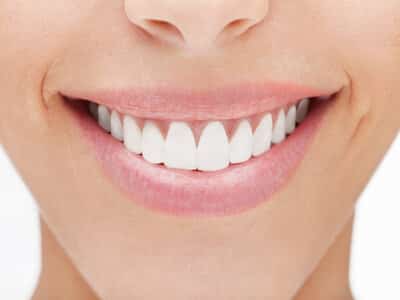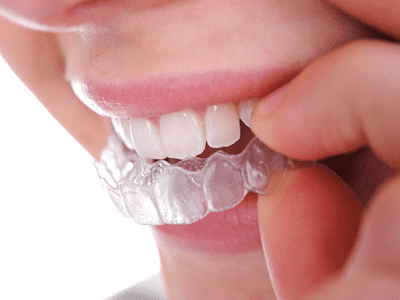
Blog
The Role of Compliance in Invisalign Treatment

Wearing Your Aligners
To be effective, Invisalign aligners need to be worn as often as possible, typically for 20 to 22 hours a day. You can remove them when eating, drinking, or brushing your teeth, but the more you wear them, the faster and more successful your treatment will be. If you don’t wear your aligners consistently, your teeth may not move as intended, and treatment time may be prolonged.
How Pregnancy Affects Your Oral Health

How Does Pregnancy Affect Your Gums?
Gum disease, or gingivitis, is not necessarily caused by pregnancy. Still, it can worsen pre existing gum disease. Pregnancy hormones can cause changes in the chemical composition of your body, leading to changes in vitamin and mineral levels, and altering the soft tissue around the gums. As a result, symptoms of gingivitis can increase in severity throughout pregnancy, reaching a peak during the third trimester. While most symptoms should recede a few months after birth, severe gum disease, or periodontitis, can increase in severity with pregnancy. Periodontitis in women is linked to premature birth and low-weight birth, with studies showing that roughly 18% of premature births can be associated with periodontal disease.
Read More
Questions to Ask Your Orthodontist to Prepare for Braces

How Orthodontics Can Improve Your Child’s Speech

Exploring the Jaw, Tooth, and Orthodontic Treatment

Braces & White Spots: Preventing and Whitening Tips

Having a pearly white smile is often a top concern our patients bring to our office. One of the most common questions we get as orthodontists during braces treatment is whether white spots on the teeth are to be expected. Even our patients who don’t have braces are concerned about maintaining a clean white smile. Luckily Dr. Amir Davoody at Davoody & Hablinski Orthodontics has some tips and tricks for you in this post about white spots from braces, professional whitening services, and at-home whitening methods that are safe for your teeth.
Tips for Relieving Invisalign Pain
